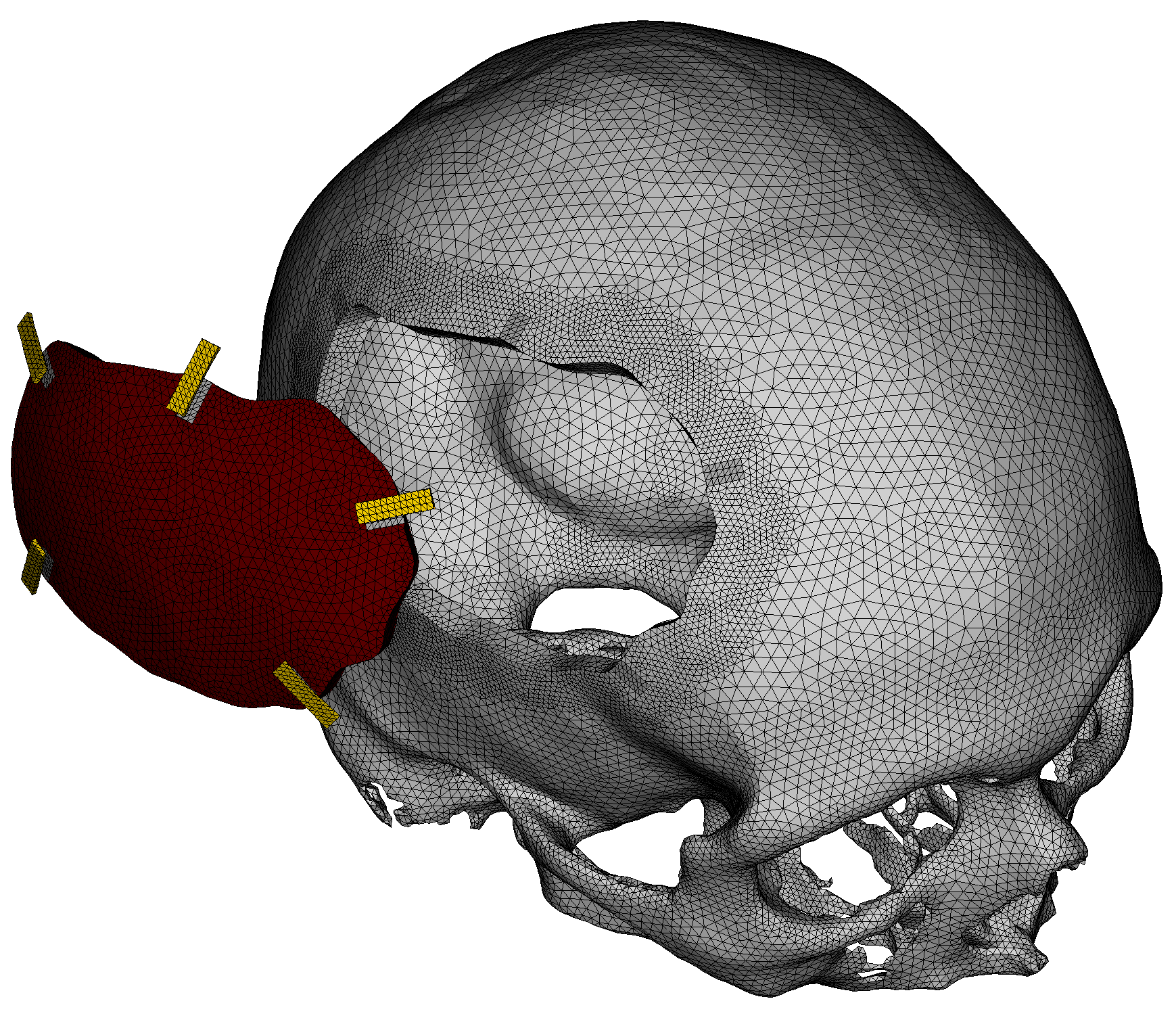Life Sciences
In a world where population is growing at a rate of 1.12% per year by 2013 estimates and an increasing life expectancy due to various socio-economic factors, we are looking at an aging population over the next quarter of a century. Life Sciences has never seen the growth like we do in present times. The industry has invested heavily in all sectors including modern medicine, life style, in – patient and out – patient treatments and diagnostics. The unique collaboration among industry and academic research centers has spurned incredible advances in the field. With real – life implications to human health the industry is also the most strictly regulated when it comes to new product introductions. A large part of the research involves testing and regulation compliance. This process has been tedious and slow until the introduction of CAE methods to this field.

CAE has increased its footprint in life sciences at an incredible rate, from patient – specific implant design to virtual surgery, from sports mechanics to pre – treatment simulations.
Solutions Highlights:
- ANSA has a built in topology engine which comes in very handy when dealing with unclean surface data generated from MRI & CT scans.
- The robust and advanced meshing algorithms allow for an accurate representation of complex geometry as solid elements.
- Complex CFD modeling parameters, such as ones used in fluid – structure analysis of blood flows and aneurisms can be easily satisfied leading to accurate simulation results. Hexa Block functionalities provide various tools to create pure hex models from complex geometric scans.
- ANSA’s Part Manager technology brings the concepts of subsystem based model organization to the complex models in biomechanics. This allows for intuitive organization of extremely detailed and complex finite element model such as that of a total human body.
- Numerous semi and fully automatic tools are available for the creation of model assemblies while the wizard driven assistants for complicated tasks, such as defining load cases, further facilitate pre-processing.
- ANSA also provide full-fledged morphing technology in the same interface. This comes in very handy to reuse ready – to – run base models of biomechanics problem and quickly adapt them to new scan data. The users now have a simplified process to build patient – specific model to increase research accuracies.
- The ANSA Task Manager provides an easy and systematic way of setting up optimization parameters and linking with commercial optimizers. This provides the users with instant capability to enhance their design process of developing patient – specific medical prosthetics, implants and pre – surgery simulations.
- ANSA has also a module for Rigid Body Dynamics simulation. The user can use the built in Kinetics solver to study various mechanism of prosthetics, human limb movements, predict joint forces and contact reactions which can be used to design ergonomically efficient devices.

